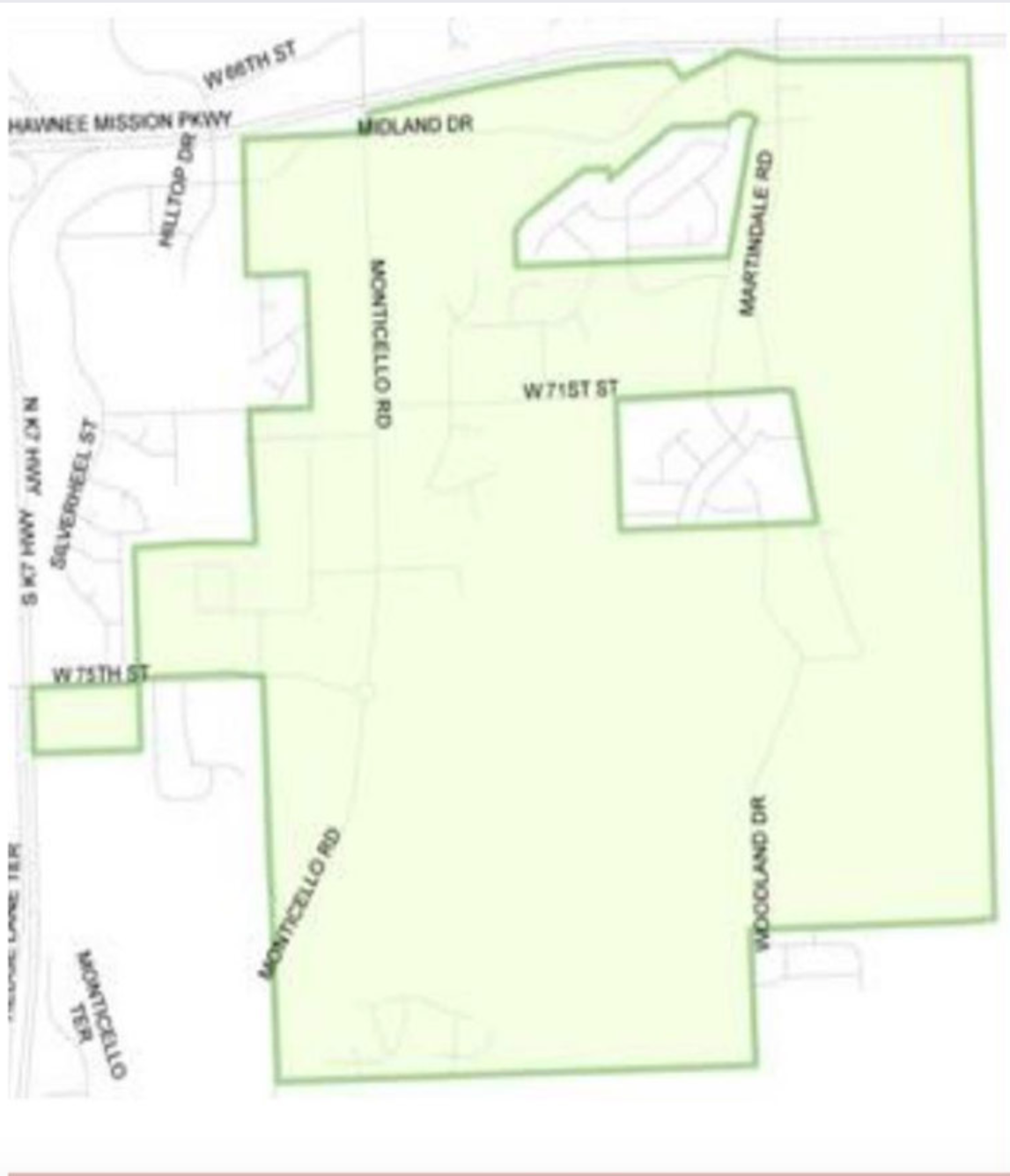The Shawnee City Council has approved a new approach to Tax Increment Financing (TIF), one that doesn’t come with a developer attached, at least not now. But it comes with a catch: area schools get a smaller share of property tax money because the TIF shifts funding to the city.
By a 6-2 vote, the council approved the Hickock-Zarah District, over 2.5 square miles of historic but mostly undeveloped land between Monticello Road and Woodland Drive.

Unlike other TIF projects in which developers pitch an idea to improve a parcel of land, Shawnee officials have adapted the motto of “Field of Dreams” to: “Build It, and Development Will Come.”
As the area is developed, a portion of the property tax will be set aside for infrastructure projects, such as roads and bridges. The city will keep the TIF, and officials plan to use the revenue to make improvements to the area, as well as to the section of Highway 7 and 75th Street.
Officials say the TIF District is a “win-win”:
- No tax increases
- No landowner is required to sell their property
- The District is ready to go, awaiting a developer and a project
Once a developer and project are chosen, they will undergo the normal review process, including council approval.
About the history of the area to be developed:
- Monticello was a former stagecoach stop that gave young lawman James Butler “Wild Bill” Hickock his first law enforcement job as the town constable
- The town of Zarah was platted in 1869.
Council Members Tammy Thomas and Jacklynn Walters voted against the proposal. Thomas cited a lack of specifics and concern over property rights, while Councilman Eric Jenkins explained his support of the unique concept in public financing:
“This TIF is a conservation TIF. In one of these TIFs, no money goes to the developer. If you look at the property tax breakout on your estimated taxes, you can see your property tax goes to a variety of places. County, State, City, and School Districts. In this conservation TIF, the amount of taxes paid are exactly the same; what is different is that the distribution changes greatly. The School District gets a reduced portion, and the city gets all the rest. The purpose is to allow the city to receive the lion’s share of the property tax to make funding available for infrastructure development and upgrades to serve the citizens who live in the area with necessary road upgrades, storm sewer, sidewalks, etc. The developer receives none of the funds.
“Because of its potential impact on taxes not going to the county and school districts, they are given a thirty-day window of opportunity to veto the TIF.
“This is a really good way for the city to be able to create and maintain infrastructure in developing areas where infrastructure is inadequate. From the city perspective, it sounds almost too good to be true. No negative impact on the taxpayers, no freebies for the developer, and positive upgrades to city infrastructure. When first presented to us it sounded too good to be true, but it turns out that it is.”
The City of Shawnee could, however, develop the land without a TIF and not divert property tax money from school districts.



